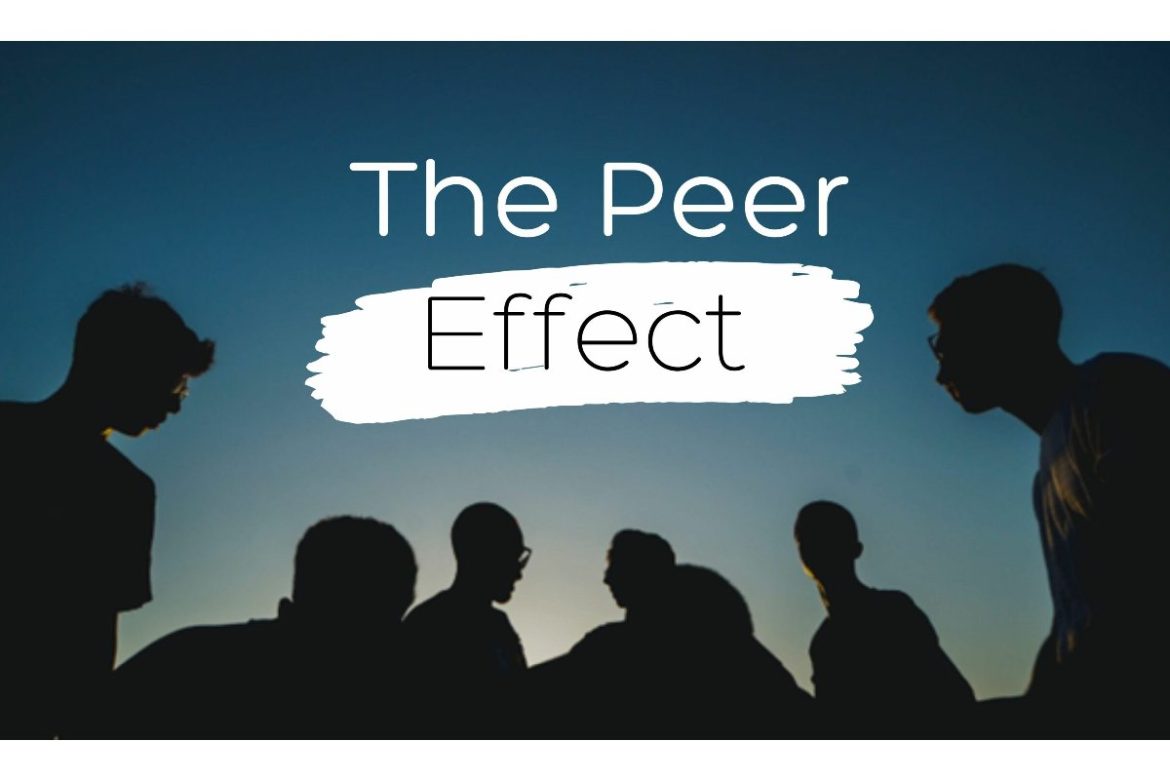How can Peer Effect Help Your Class? – Several factors influence a student’s education. For centuries it has been teachers who lead lessons and encourage participation. An even stronger influence has been a student’s peers.
Table of Contents
Essential to the Learning Process
The interaction between classroom peers is normal and essential from kindergarten to 12th grade. It can help bring an isolated student into a community to engage in discussion. The peer effect has long-lasting results through an individual’s school and work life if done correctly.
Parent Influence Plateaus
In the 1970s, psychologist Urie Bronfenbrenner developed a theory of five ecological systems of influence. These areas describe how children learn and observe as they grow. For instance, preschoolers tend to be influenced more by family members.
However, as they enter school, taking advice from their parents reaches a plateau. Instead, they’re influenced by their teachers and peers. Other students’ daily activities, like creative school project ideas, get stronger over time. Eventually, it extends into the following two spheres of influence. These are the mesosystem and ecosystems.
Peer Instruction
The peer effect only works with the right instruction. The teacher can’t be an authoritarian who expects their students to listen without participation. Instead, they need to maintain an authoritative posture. In other words, trust they can do the work together.
This form of instruction is widely used in science-based courses like physics. Nevertheless, it can apply to any evidence-based class or lesson, for instance, a discussion of a historical era or the best way to perform a math equation.
The basics of peer instruction are:
- Instructors pose a challenging question to their students.
- Initially, the students individually answer the question.
- Next, students work with a partner or group of class peers to discuss their answers.
- Then, when they mutually decide on a response, the students answer the question again.
Here, the peer effect takes hold. Together, they establish a belief that there’s no wrong answer. In turn, this engages debate between the peers to determine a suitable response. For those who don’t normally participate, the peer effect encourages them to say something.
Also Read:– Digitaltechspot
The Downside of Peer Effect
For the most part, the peer effect positively influences students. Yet, as children grow, the motivation of their friends or groups can reduce their interest in instruction. Their influences could cause them to be disruptive in class or completely uninterested in school.
The way to turn this peer effect around is to engage the student continually. Imagination and problem-solving are important tools to keep a child interested. Yet, this slowly vanishes as classes adjust to a pre-college assessment environment.
Continual engagement with their peers in a classroom environment not only maintains their excitement. It also helps them troubleshoot issues in the adult world. Plus, if they establish strong peer interactions in school, individuals will most likely continue to seek out others to solve a challenging issue.
Overall, schools must continually examine the peer effect in their classes. This allows them to fine-tune teaching methods and establish an interesting curriculum. In addition, they can refer to Adobe Education Exchange for further guidance.


